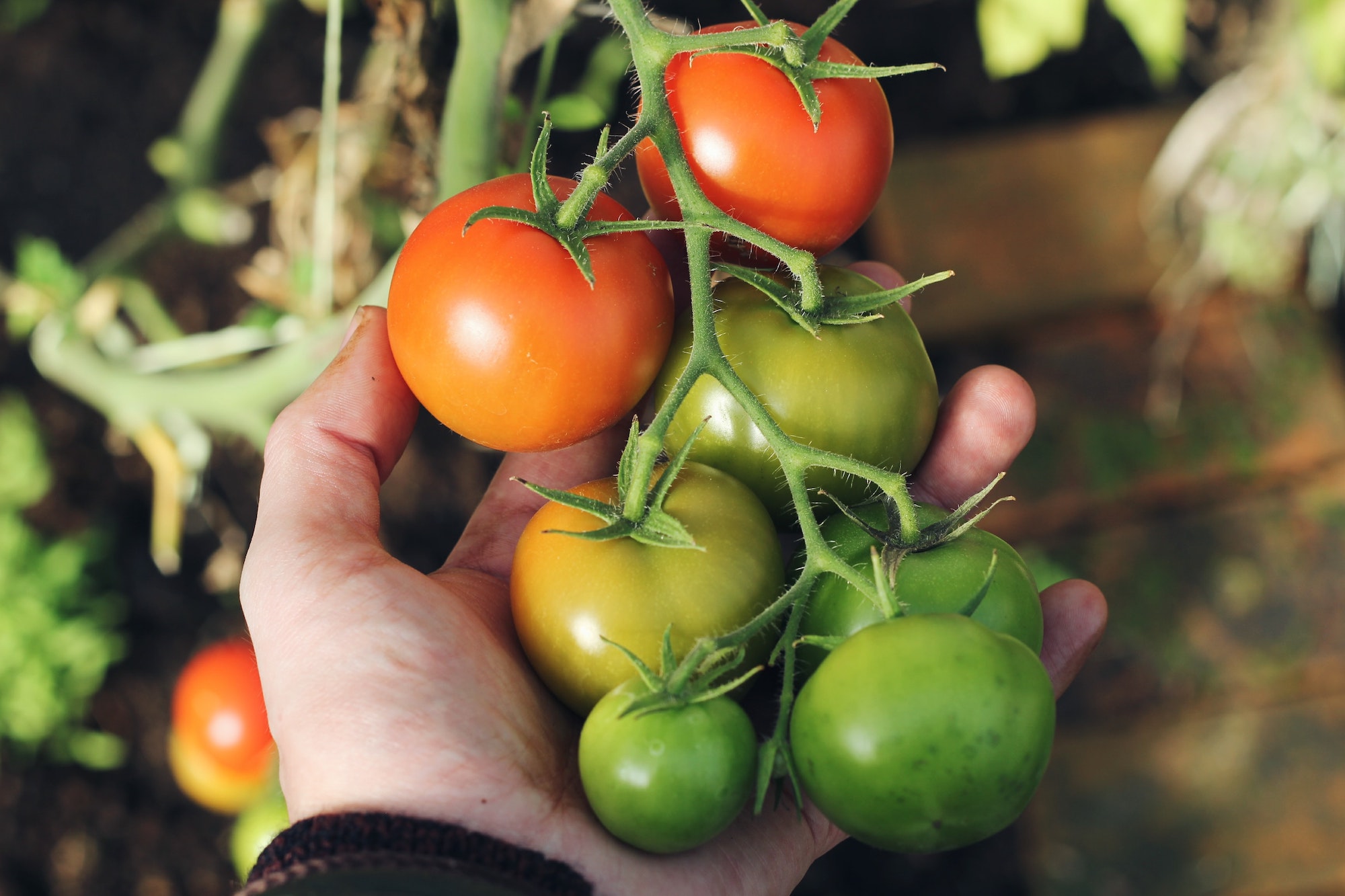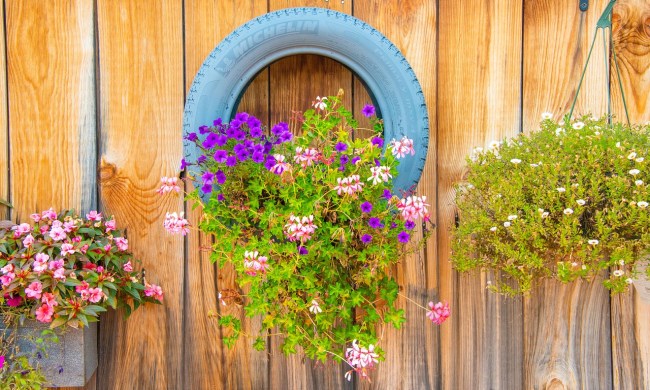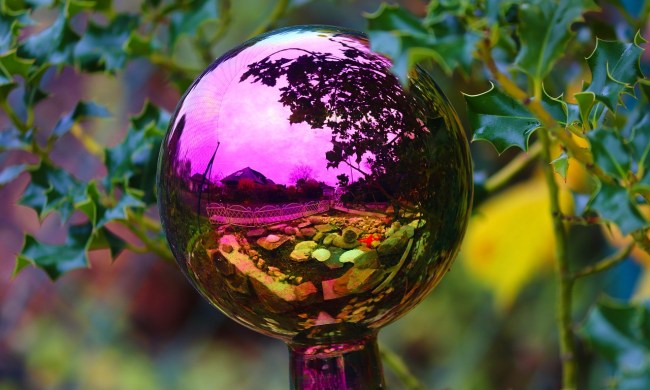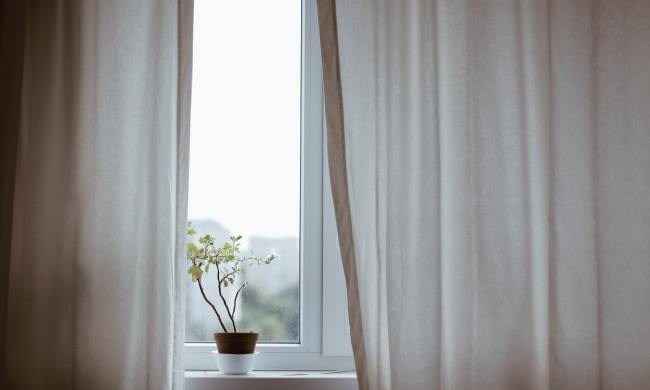You may have correctly guessed that the best season for planting vegetables couldn’t be summer – when the scorching sun becomes too much for any living creature to take. The dog days of summer are not just hard on us and our pets. Many plants can suffer and die when temperatures begin to climb. Don’t give up on your garden just yet! Here are some vegetable plants that love these scorching temps.
Heat-loving veggies and how to care for them
Watching your lovely garden brown and crisp when the weather is hot isn’t a fun experience, but do not give up! If you live in a zone with high heat in the summers, there are plenty of plants that can not only survive but thrive in the sweltering heat.
Sweet potatoes
While your other potato varieties will struggle, the hottest days of the summer are the best time to plant these heat-loving plants. Keep an eye on the sprouts until they establish themselves, then sit back and wait 90 days while these potatoes grow and grow despite the heat.
Okra
Some could argue that okra is an acquired taste that’s only truly appreciated in the south. However, these plants are highly heat and drought tolerant and are a staple in many gumbo recipes. Keep their area clean and free of weeds, and you’ll get a huge harvest from these low-maintenance plants.
Hot peppers
These plants not only survive throughout the hottest days of summer, but they thrive in it! As long as they are well watered, and weeds are kept at bay, hot peppers will provide a large harvest while many plants struggle during those hot days.
Tomatoes
While not all tomato varieties bask in high temperatures, there are several that love it. The Arkansas Traveler, Black Cherry, Bonnie Centennial, and Heatmaster Tomato are just some of the heat-loving tomato varieties out there. Care for these like any other tomato plant with deep watering and weed control, and you’ll be getting good harvests into the summer and fall.
Eggplant
In the same family as tomatoes, eggplants are even better in the heat than tomatoes! Asian and Mediterranean varieties are the best in high temps, but the classic Black Beauty also performs well in hotter months. As usual, water regularly and these plants will produce delicious fruits. Keep an eye out for black beetles!
Cucumber
With moist soil and an ample amount of nutrients and sun, cucumbers are prolific plants that will fill your fridge with pickles, salads, and more! These are perfect for hot summer months, and you’re likely to get more than you need with just a few plants. They are climbers and will require a trellis to grow strong and healthy.
Corn
A staple crop to grow, corn is an easy heat-resilient plant that will not disappoint. With a plethora of varieties, you’re bound to find one you can’t live without and have fresh corn for all your summer barbecues. Keep these plants watered well and plant deep enough that wind won’t knock them over, and you’ll be good to go.
Squash
While many squash are called “winter squash,” these plants are great for summer planting, too. With lots of water and sun, they can produce a large amount of fruit that can sometimes be stored over winter to last you for months and months. Watch out for powdery mildew and beetles. These can damage and sometimes ruin entire crops if not taken care of quickly.
Beans
More specifically, long yard beans. These long beans are delicious and very heat resistant. They are another plant that needs a trellis, but if cared for with water and weeding, you’ll get a bountiful harvest perfect for cooking, pickling, or canning.
Spinach
A nutritious leafy plant, spinach is a great summer crop to grow. They do require the soil to be watered regularly, or these plants will crisp and die. If watered and fertilized regularly, you’re sure to get a handful of spinach every day to fill your salads!

Summer heat care tips
Along with choosing crops that do well in the heat, here are some tips and tricks to help these plants and maybe other less heat-tolerant plants get through the summer.
Heavily mulch
Not only will heavy mulch help keep weeds at bay, but it will also keep the moisture in the soil. When the sun is allowed to bake the soil, the water evaporates more quickly and can dry out the plant. Mulch protects the soil and gives the plant more time to absorb the water it needs.
Morning watering
To give your plants the boost they need, water them in the morning so they have what they need during the heat of the day. You also lessen the risk of root rot or evaporation if you water in the morning and allow the water to make it down to the plant’s roots. You can make this process easier with a simple drip irrigation system.
Water deeply
Just watering the top of your plants will do more harm than good. When you water your plants during the summer, make sure to water deeply. This means to allow the water to run for more extended periods and reach deep into the soil. Tomatoes especially love being watered like this.
Avoid water on leaves
When you water, avoid getting water on the leaves of your plants. Even if you water in the early morning, water on the leaves could turn into burn marks if the sun hits them all day. Water on the leaves can also encourage fungus and harmful insects to come and take a nibble on your plant.
Don’t let the scorching sun burn out your garden just yet! Plant these heat-resistant veggies and use these tips to keep your harvest going in summer and fall.


